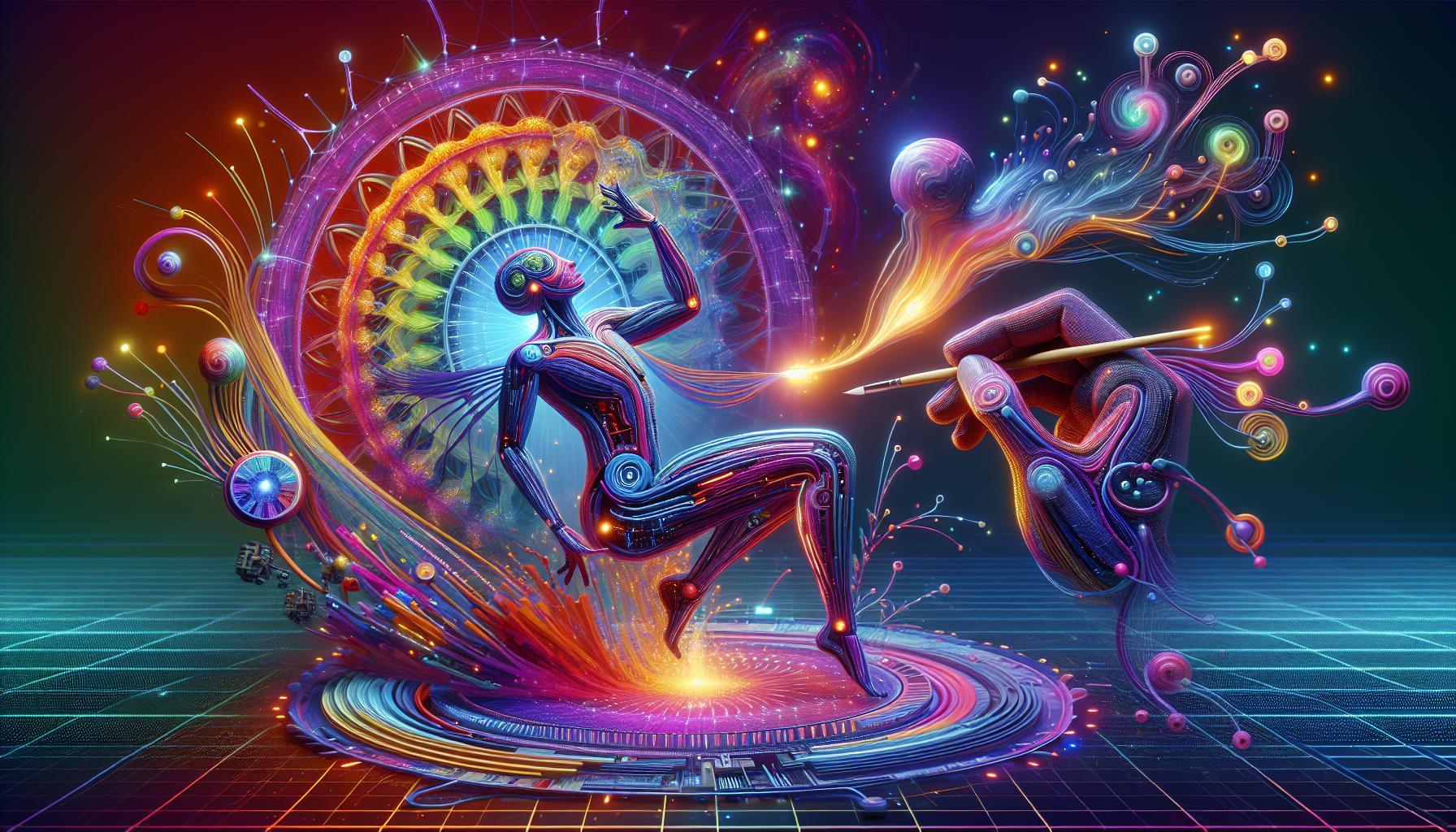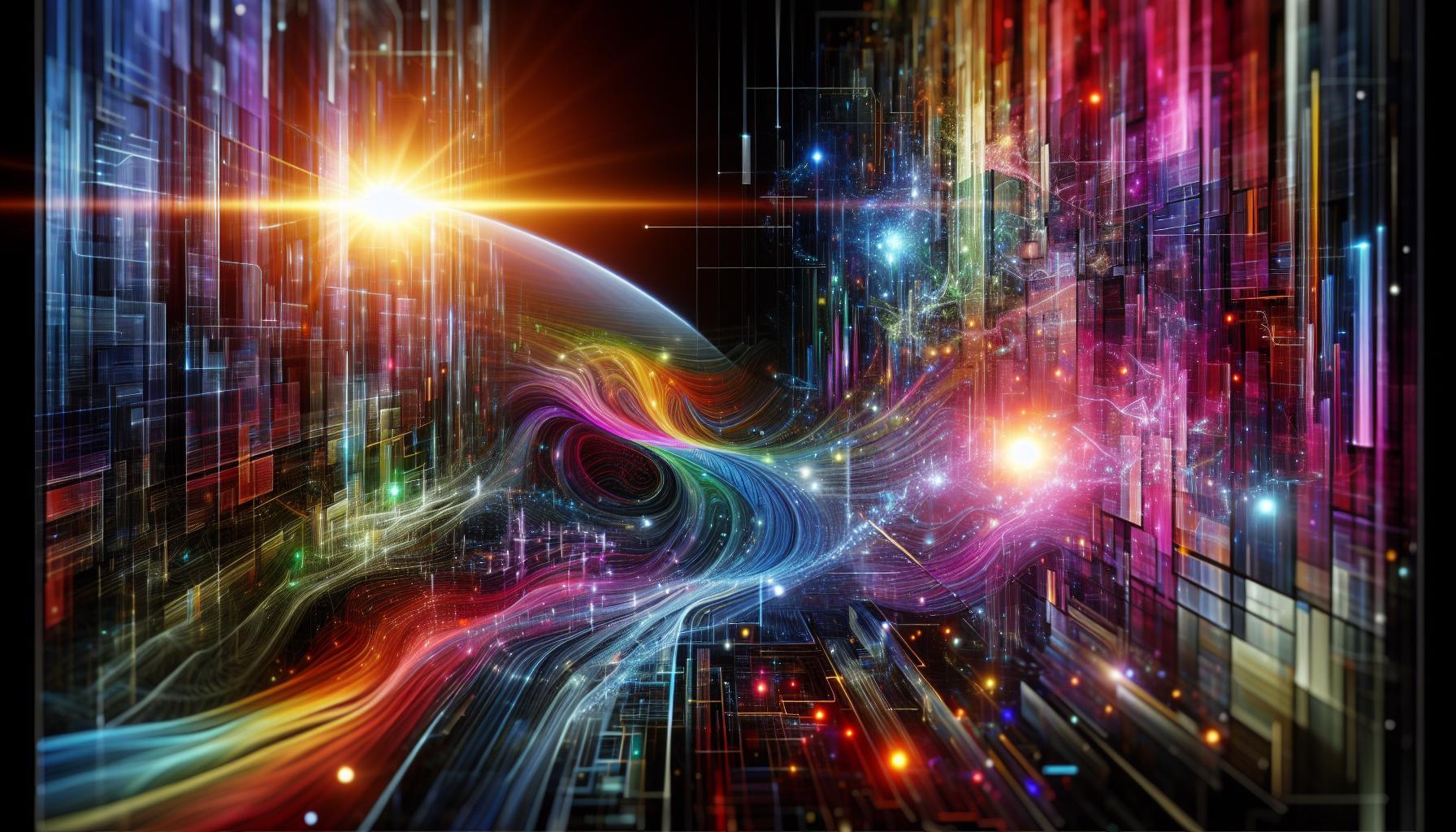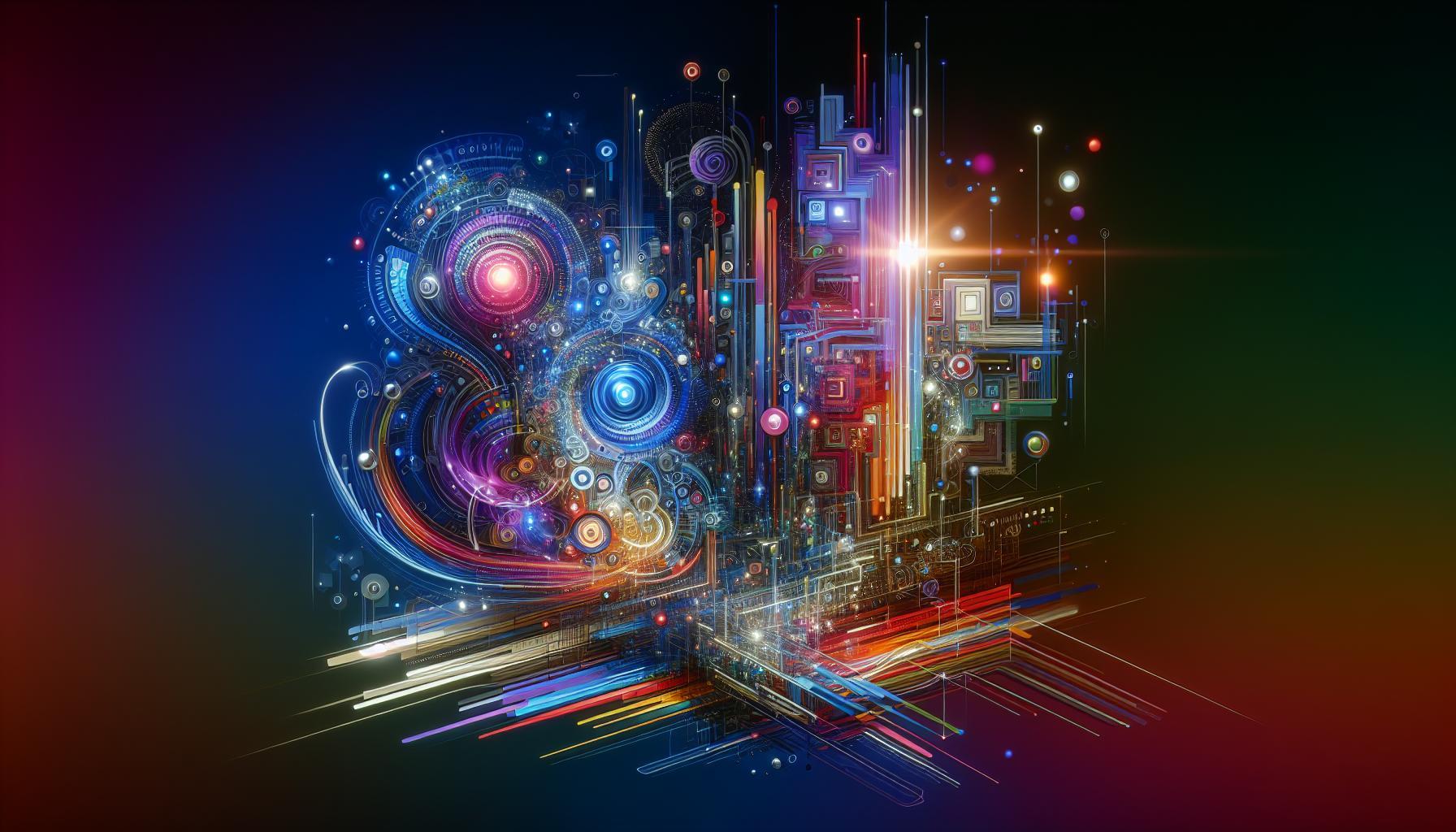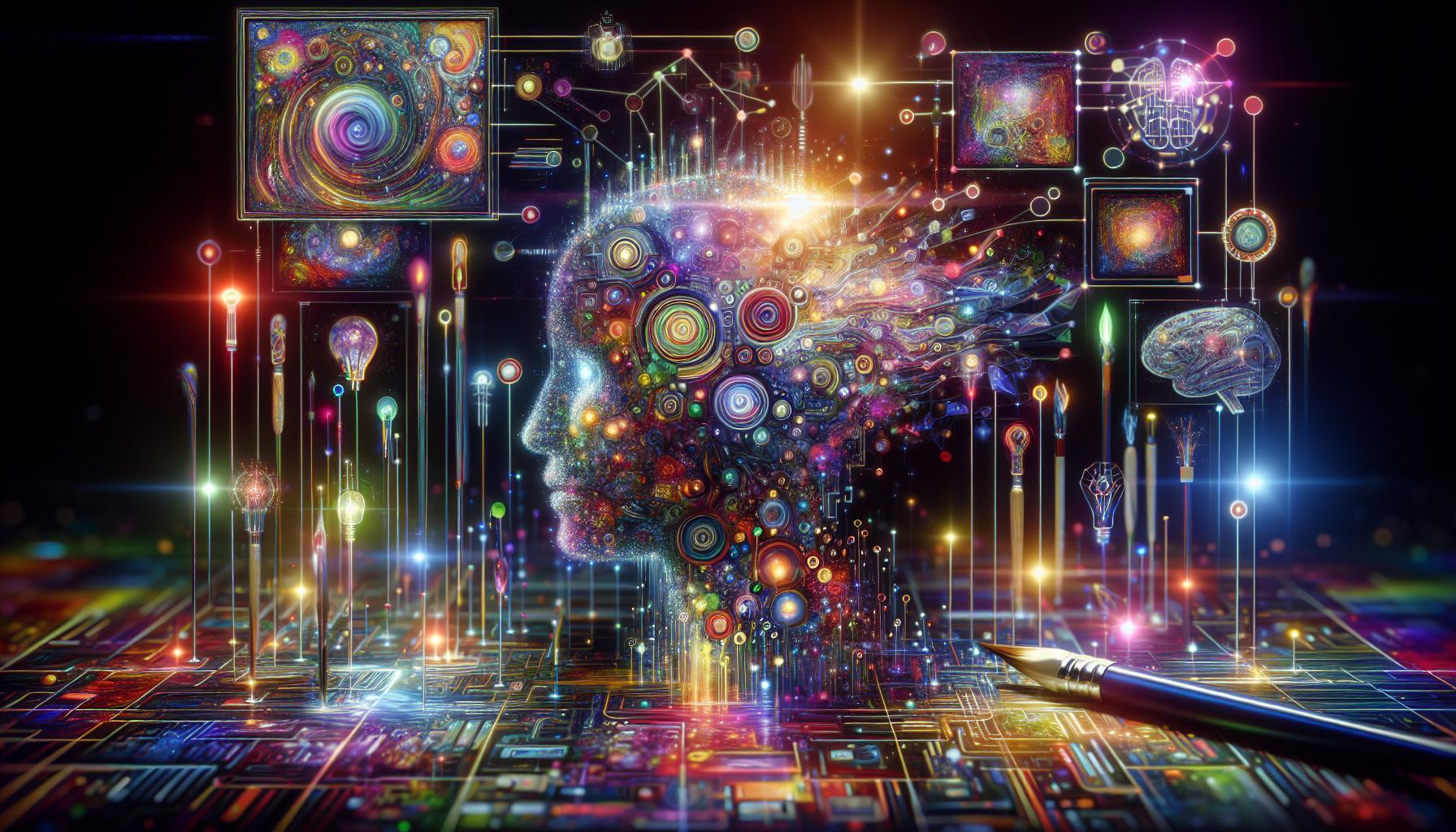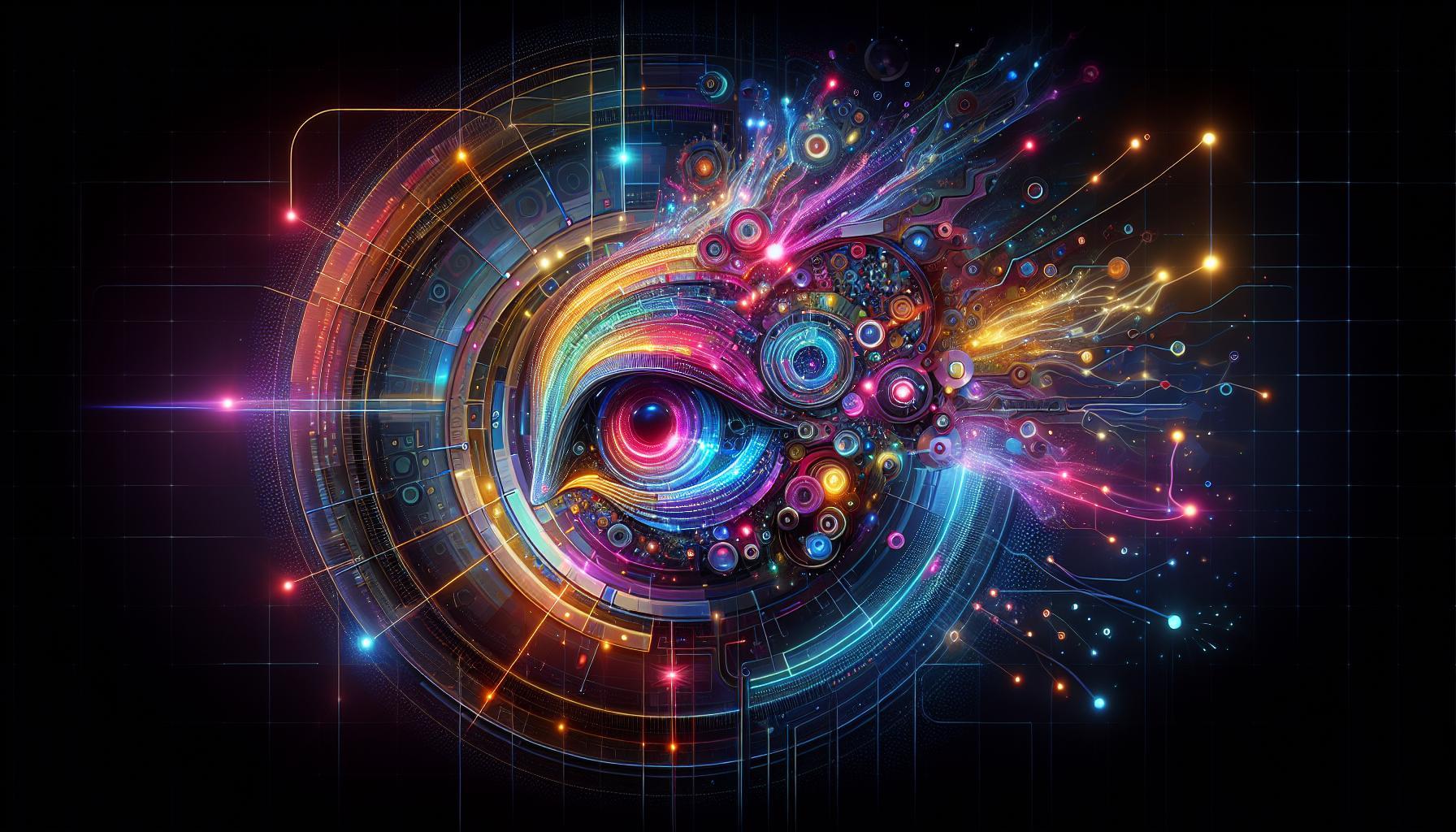Are you struggling to create convincing full-body character art in Midjourney? Crafting complete character designs is crucial for captivating illustrations and storytelling. This guide offers essential tips to help you master the art of generating stunning full-body visuals, ensuring your characters truly come to life in every detail.
Understanding Midjourney: An Introduction to Full-Body Character Creation
Creating full-body characters in Midjourney can transform your digital artwork from simple portraits to vivid narratives, allowing you to express details and emotions more fully through your characters. The process, while sometimes intricate, is immensely rewarding. With the right techniques and understanding of the platform, you can seamlessly render characters that come to life with depth and personality.
Getting Started with Full-Body Character Design
To embark on your journey of elaborating full-body characters in Midjourney, it’s crucial to break down the steps into manageable parts. Here are some key elements to consider:
- Reference Models: Gather inspiration from various sources, such as anime, comics, or video games. Study their proportions and styles to inform your design.
- Character Traits: Define the character’s personality and background before sketching. This clarity will guide your portrayal and decision-making.
- Composition Planning: Decide on the character’s pose and context. Using thumbnails can help visualize the final output and ensure dynamic positioning.
Techniques for Capturing Full-Body Details
When it comes to integrating details, keep the following practices in mind:
| Technique | Description |
|---|---|
| Layering | Create layers for different body parts and clothing. This allows for easier adjustments and detailing as you refine your character. |
| Texturing | Adding textures to clothing and skin can give your character depth. Use brushes that imitate fabric weaves, skin pores, or hair strands. |
| Lighting & Shadow | Implement strategic lighting to highlight your character’s features and create a sense of depth in your artwork. |
By employing these techniques, you will not only improve your character’s visual appeal but also imbue them with a sense of realism that engages viewers. As you practice and experiment within Midjourney, you’ll discover that the nuances of full-body character creation become more intuitive over time. Each character you craft can tell a compelling story, making the digital canvas an exciting playground for your imagination.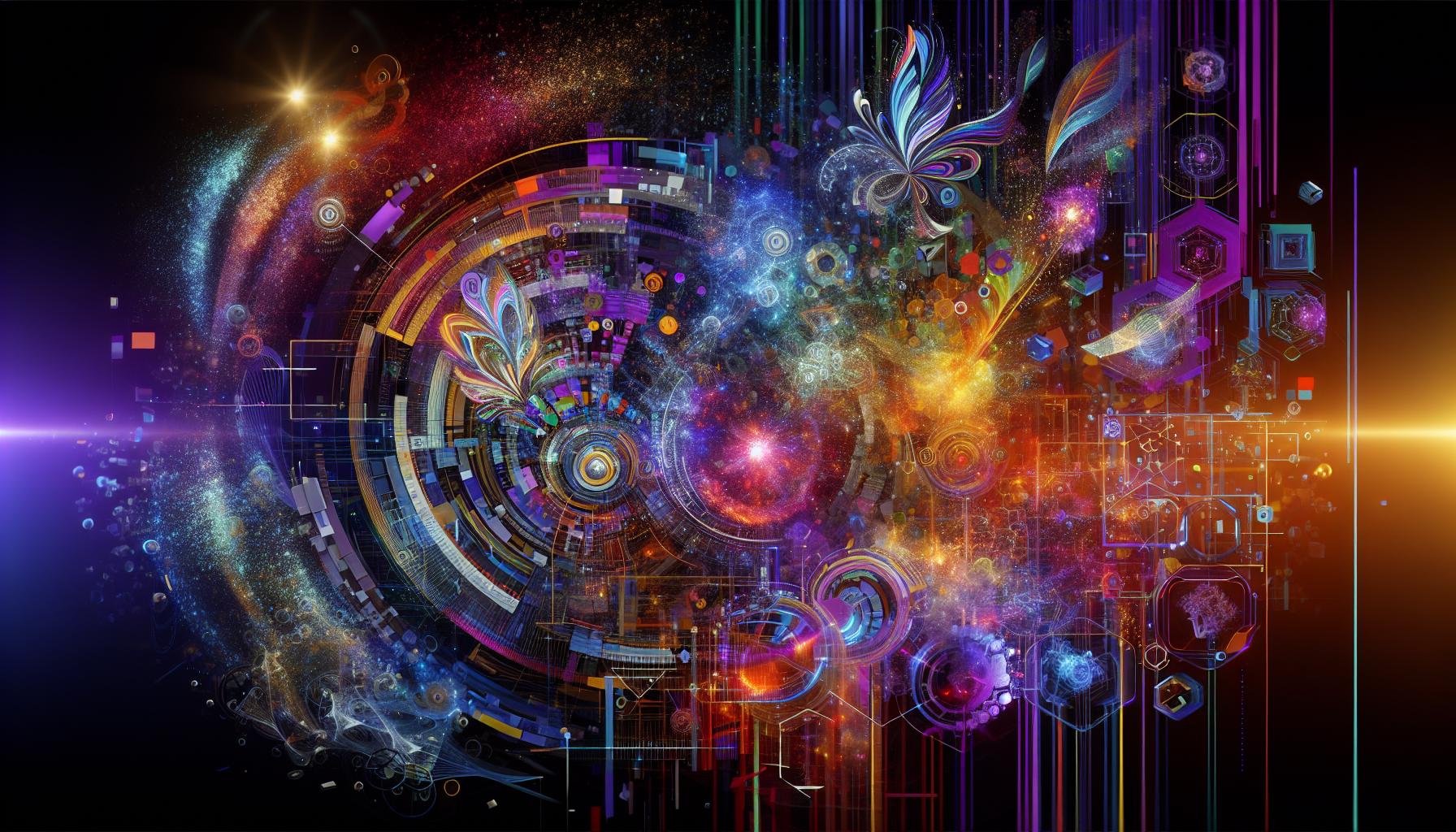
Crafting Character Details: Balancing Realism and Style
Creating captivating characters in visual art requires a delicate balance between realism and artistic style. To effectively achieve full-body representations in platforms like Midjourney, artists must focus on the intricate details that bring their characters to life while maintaining a coherent aesthetic. This not only includes physical attributes but also the emotional and psychological nuances that define a character’s personality.
One effective method to enhance character realism is through detailed anatomy studies. Understanding human proportions and how they move can inform the way you depict limbs, posture, and even facial expressions. Incorporating elements such as muscle tone, skin texture, and hair flow can add depth and authenticity to your character art. For example, when working in Midjourney, you might consider specifying anatomical details in your prompts, such as “realistic anatomy, dynamic pose” to push the platform towards producing more lifelike images.
To maintain a cohesive artistic style, it’s essential to define the visual language of your characters. This includes choosing a distinct color palette, shading techniques, and line qualities that resonate with the world-building aspects of your project. Think about how these choices affect viewer perception; for instance, a vibrant color scheme may evoke different emotions compared to a muted one. When crafting characters, always ask yourself how these stylistic decisions reflect the character’s background, role, and development within the narrative.
Finally, experimenting with different perspectives and contexts can further enrich character portrayal. By placing characters in various scenes or interactions, you can explore their traits and relationships, leading to more comprehensive character development. To summarize, for those focused on mastering full-body character art in Midjourney, consider the following actionable tips:
- Study anatomy: Familiarize yourself with body proportions and movement.
- Define your style: Consistently apply a cohesive color palette and artistic techniques.
- Contextualize characters: Place characters in varied scenarios to explore their personalities.
By weaving these elements together, you’ll create characters that are not only visually striking but also resonate with viewers on a deeper level, capturing the essence of full-body character art effectively.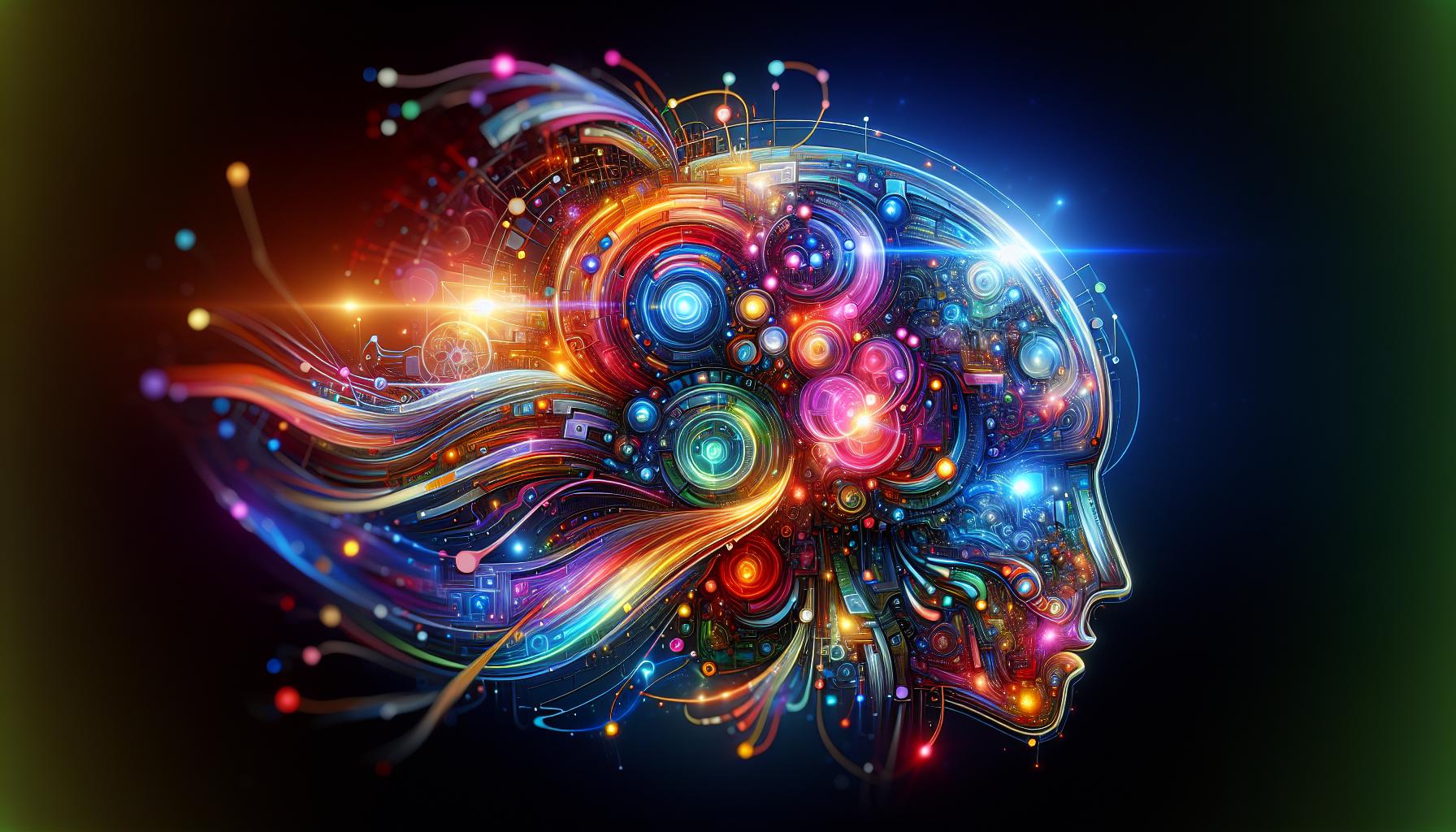
Step-by-Step Guide to Setting Up Your Midjourney Prompts
Creating full-body images of characters in Midjourney can be a thrilling experience that opens up a world of artistic possibilities. Crafting the right prompts is essential to ensure that the AI accurately captures the depth and detail of your desired character. The following steps provide a comprehensive guide to help you establish effective prompts that yield stunning full-body art.
Understanding Your Character’s Essence
Before diving into the world of prompts, take a moment to visualize your character. Consider key traits such as appearance, clothing, posture, and the setting they inhabit. Ask yourself questions like: What makes this character unique? Is there a particular style, emotion, or atmosphere you want to convey? Gathering these ideas will serve as the foundation for your prompts.
Crafting Your Prompts
When formulating prompts, clarity and specificity are crucial. A well-structured prompt typically includes the following components:
- Subject Description: Clearly describe your character, including features such as hair color, eye color, and any distinguishing marks.
- Pose Description: Mention the character’s posture or action. For example, you can specify whether they are standing, seated, or in motion.
- Clothing and Accessories: Detail the attire and any important items that the character holds or wears.
- Background Context: Provide information about the setting, which can include details of the environment or mood lighting.
Combining these elements into a coherent prompt example might look something like: “A tall warrior with long silver hair and piercing blue eyes, standing confidently with a sword in hand, wearing intricately designed armor, amidst a lush medieval forest.”
Iterate and Refine Your Input
After generating images with your initial prompts, evaluate the results. Are they capturing the essence of your character as intended? Don’t hesitate to iterate; use the feedback from the AI outputs to adjust your prompts. For example, if the character’s pose is not depicted accurately, specify the angle or the feel of the action more clearly in your next attempt.
Utilizing Keywords and Styles
Incorporate relevant keywords and phrases that can help sculpt the artistic style you envision. For specific aesthetics – like “surreal” or “anime” – include those in your prompts. This step not only clarifies your artistic intent but also maximizes the potential for unique outputs.
| Prompt Component | Description |
|---|---|
| Subject Description | Your character’s physical traits and personality highlights. |
| Pose Description | The positioning of your character-conveys action and emotion. |
| Clothing and Accessories | Details of what the character is wearing, contributing to their story. |
| Background Context | The setting that adds depth and ambiance to the artwork. |
Following these guidelines on how to get full body in Midjourney will help you produce captivating character art that aligns closely with your vision. Embrace the iterative process of refining your prompts, and watch as your characters come to life in vivid detail!
Utilizing Reference Images for Enhanced Character Realism
Using reference images is a powerful technique that can significantly enhance the realism of character art, especially in digital platforms like Midjourney. When aiming to depict full-body characters, the visual authenticity and dynamic portrayal are crucial components that bring your creations to life. Artists often discover that incorporating reference photos facilitates a deeper understanding of anatomy, posture, and movement, allowing for more convincing and relatable character designs.
The Importance of Accurate Proportions
To achieve lifelike character representations, you must first focus on accurate proportions. Reference images serve as an essential guide in this process. Here are some key aspects to consider:
- Body Proportions: Use reference images to study the commonly accepted proportions of the human body (e.g., head sizes, limb lengths). For instance, in most adult figures, the height is roughly 7.5 to 8 heads tall.
- Postures and Angles: Examine how different poses affect the visual balance of characters. Note how the distribution of weight changes with different stances.
- Facial Features: Capture subtle nuances in facial expressions that contribute to characterization. Reference images can help refine the details that make characters seem more alive.
Creating Dynamic Poses
Realism in character art is heavily influenced by the pose and motion depicted. Utilizing reference images allows artists to explore a range of dynamic poses that showcase their characters’ personalities. To enhance this aspect:
- Gather a variety of reference images that feature diverse poses, from action shots to relaxed stances. This helps in visualizing movement and flow.
- Consider the use of 3D pose tools or mannequin models to experiment with angles and body dynamics, providing a practical approach to refining pose choices.
- Analyze how muscles and skin react under different strains and movements, guiding the texturing and shading of your characters.
Enhancing Textural Detail and Color Schemes
Reference images are not solely for anatomical guidance; they also play a vital role in achieving more realistic textures and color schemes. For instance, observing how light interacts with different surfaces can be invaluable when rendering clothing or skin tones.
| Element | Reference Tips | Impact on Art |
|---|---|---|
| Texturing | Examine fabric folds and skin textures in photos. | Creates depth and realism in your character’s appearance. |
| Lighting | Study how light plays across surfaces in various settings. | Enhances mood and dimensionality in your artwork. |
| Color | Use palettes derived from real objects to define your character. | Adds authenticity and emotional resonance to your characters. |
Incorporating reference images into your workflow not only improves the accuracy of your character designs but also enhances the emotional and aesthetic appeal of your art. As you explore how to get full body in Midjourney, remember that these visual aids are your allies; they provide the insights necessary to create compelling and memorable character art. Whether you are a seasoned artist or a newcomer, the application of reference images is a universally valuable technique to elevate your artistic endeavors.
Common Pitfalls in Full-Body Art and How to Avoid Them
Creating captivating full-body art in Midjourney can feel like a daunting task, especially for those still finding their footing in character design. The allure of crafting complete characters lies in the details, but there are common pitfalls that many artists encounter on their journey. Recognizing these missteps can save you time, frustration, and ultimately lead to better results.
Understanding Composition Issues
One frequent stumbling block for artists is composition. A well-composed piece will draw the viewer’s eyes to the character without distractions. Here’s how to avoid typical composition errors:
- Use the Rule of Thirds: Divide your canvas into nine equal parts. Position key elements along these lines or at their intersections to create a balanced and engaging artwork.
- Consider Pose and Gesture: The character’s pose should convey personality and movement. Utilize gesture drawing techniques to create dynamic stances that breathe life into your design.
- Avoid Tangents: Ensure that different elements don’t create awkward visual connections, also known as tangents, which can draw attention away from your focal point.
Lack of Detail in the Character Design
Characters often fall flat when important details are overlooked. Full-body art should reflect depth and personality through various design elements.
- Clothing and Accessories: Pay attention to how a character’s attire complements their personality. Think about the textures, colors, and styles that best represent their traits. A warrior might have rugged armor, while a scholar may opt for robes.
- Facial Expressions and Features: Faces convey a multitude of emotions. Spend time refining facial expressions to showcase your character’s mood and backstory effectively.
- Color Theory: Choose a color palette that not only fits your character’s personality but also harmonizes with the overall atmosphere of your artwork.
Neglecting Background Integration
A common oversight is failing to integrate background elements, which can disconnect characters from their environments. A thoughtfully designed backdrop can enhance the character’s story.
| Tip | Description |
|---|---|
| Contextual Backgrounds | Create a background that matches your character’s narrative, reinforcing their role or setting. |
| Layering Techniques | Use layers to focus on the character while still hinting at an enriched environment. |
| Atmospheric Effects | Implement fog, lighting, or shading to create depth and set the mood of the scene. |
By sidestepping these common pitfalls, you’ll be well-equipped to enhance your full-body artwork in Midjourney. Remember, mastering character art is a journey in itself; learning from missteps can lead to your most stunning creations yet. Use these insights to refine your techniques and continuously improve your craft.
Exploring Composition: How to Frame Your Character Effectively
Crafting captivating character art hinges significantly on the way you frame your character within the full-body composition. A well-framed character not only draws the viewer’s attention but also conveys essential personality traits and narrative elements. Understanding the principles of composition can dramatically enhance the effectiveness of your designs in tools like Midjourney.
Understanding Composition Basics
To create a compelling character art piece, it’s essential to grasp some fundamental composition principles:
- Rule of Thirds: Divide your canvas into a 3×3 grid, positioning your character along the gridlines or at their intersections to create balanced and aesthetically pleasing results.
- Leading Lines: Use imaginary lines that guide the viewer’s eye to your character, establishing focus and depth in your artwork.
- Negative Space: Embrace the empty areas around your character to create emphasis. This helps to highlight key features or actions by making them stand out more dramatically.
Character Placement and Orientation
The placement and orientation of your character are crucial in delivering an effective message. For example, frontal poses often communicate strength or confidence, while profiles may suggest introspection or concealment. Experimenting with angles can yield different emotional responses from the viewer. Here are a few tips:
- Position your character slightly off-center to make the composition more dynamic.
- Vary the height at which you place the character; a low angle can convey power, while a higher angle may suggest vulnerability.
Using Color and Contrast
Next, consider the role of color and contrast in your composition. Vibrant colors can evoke emotions, while muted tones may convey subtlety and depth. Here’s how to effectively use color:
| Color | Emotion/Theme |
|---|---|
| Red | Passion, Action |
| Blue | Calm, Trust |
| Green | Growth, Nature |
| Yellow | Joy, Energy |
By strategically using colors that align with your character’s traits, you can enhance their narrative and connect deeper with your audience.
Utilizing these composition techniques not only serves as a roadmap on your journey to mastering full-body character art but also aligns seamlessly with tips on how to get the most out of Midjourney for your artistic projects. Experimentation and practice are key, so take these principles into your next project and observe the transformation in your character presentations.
The Importance of Color Schemes in Character Design
Striking the right balance of colors can significantly impact a character’s personality and appeal in visual storytelling. The hues chosen for a character can evoke emotions and set the tone of the narrative, making it crucial for artists utilizing platforms like Midjourney to understand and implement effective color schemes. A well-thought-out color palette not only enhances aesthetic appeal but also reinforces the character’s backstory, traits, and role within the overarching narrative.
Utilizing color theory can help designers create more compelling characters. Different color schemes can be implemented to convey various traits:
Understanding Color Schemes
- Monochromatic: Variations in lightness and saturation of a single hue can create a harmonious look, often suggesting simplicity or a specific mood.
- Complementary: Colors opposite each other on the color wheel (like blue and orange) create a vibrant contrast, which can highlight a character’s dynamic nature.
- Analogous: Using colors next to each other on the wheel fosters a sense of harmony and can represent unity, emphasizing teamwork or friendship.
- Triadic: This scheme employs three evenly spaced colors, generating a lively interplay that can showcase personality diversity within a team of characters.
When applying these schemes in platforms like Midjourney, consider how the chosen colors reflect not only the character’s aesthetic but also their journey and evolution throughout the story. For example, a character designed with a monochromatic palette may represent a solitary figure grappling with internal conflict, while a character with a complementary scheme may symbolize a battle against opposing forces.
Practical Application in Midjourney
| Color Scheme | Character Example | Emotional Impact |
|---|---|---|
| Monochromatic | A lone warrior in shades of gray | Isolation, introspection |
| Complementary | A fiery rebel in orange and blue | Energy, conflict |
| Analogous | A peaceful healer in green hues | Harmony, tranquility |
| Triadic | A vibrant adventurer blending red, yellow, and blue | Excitement, diversity |
In summary, leveraging the principles of color theory in character design not only enhances visual appeal but also deepens the narrative significance of the character. By carefully selecting and implementing color schemes, artists can transform their designs in Midjourney into captivating representations that resonate with audiences, ultimately contributing to a richer storytelling experience.
Tips for Iteration: Refining Your Character through Feedback and Experimentation
One of the most rewarding aspects of creating character art, especially for full-body designs, is the iterative process that allows you to refine and enhance your creations. Feedback from peers, mentors, or even online communities can be invaluable in this journey. Embracing constructive criticism can help elevate your art to new heights while experimentation opens doors to fresh ideas and innovative concepts.
Embracing Feedback
The first step in refining your character design is to seek out and accept feedback. Sharing your work with a trusted group can yield insights that you might not have considered. Here are a few strategies for effectively gathering and utilizing feedback:
- Join Art Communities: Participate in forums or platforms like DeviantArt, ArtStation, or Reddit. Engage in discussions and ask for critiques on your character designs.
- Be Specific: When soliciting feedback, specify areas you’re unsure about, whether it’s color schemes, posture, or clothing design. This invites targeted advice.
- Keep an Open Mind: Approach feedback with a positive attitude, recognizing that constructive criticism is meant to help you grow as an artist.
Experimentation Techniques
Once you’ve gathered feedback, it’s time to dive into experimentation. Testing various styles, color palettes, and poses can spark new life into your artwork. Here are some effective methods of experimentation:
- Try Different Styles: Choose an artist’s style that inspires you and attempt to recreate elements of it in your character art. This can provide fresh insights into how different styles influence character perception.
- Color Variations: Experiment with various color palettes to see how subtle changes can alter the mood and personality of your character. Tools like Adobe Color can help you create harmonic palettes.
- Dynamic Poses: Instead of sticking to standard poses, explore dynamic and exaggerated actions. This can add life to your character, making them feel more animated and engaging.
Iterative Process Table
In the iterative process of refining charm through feedback and experimentation, it’s crucial to track your changes and results. Below is a simple table template for organizing your iterations:
| Iteration Number | Feedback Received | Changes Made | New Insights |
|---|---|---|---|
| 1 | Pose looks stiff. | Adjusted pose for more fluidity. | Realized the importance of gesture in character design. |
| 2 | Colors clash. | Revised color palette to complement character personality. | Learned to balance colors better. |
| 3 | Details in clothing are distracting. | Simplified clothing design. | Discovered that less is sometimes more in character art. |
Incorporating feedback and experimenting with your designs can be transformative, helping you not only to improve your character art but also to develop your unique artistic voice. Remember, the journey of iteration is just as important as the final result.
Q&A
How to Get Full Body in Midjourney? Tips for Complete Character Art?
To get a full-body character in Midjourney, use specific prompts that describe the desired pose and details. Reiterate the need for “full body” in your prompts to guide the AI effectively.
For example, you might say, “Generate a full body portrait of a warrior in a dynamic pose.” This not only emphasizes the full body requirement but also encourages creative aspects like action and attire. Further, consider exploring creative prompt examples to refine your skills.
What is Midjourney and how does it create character art?
Midjourney is an AI-driven tool that generates images from textual descriptions, enabling users to create stunning character art effortlessly. It leverages machine learning algorithms to interpret and visualize prompts.
By entering detailed and structured prompts, users can create a variety of artistic styles and character types. For nuanced results, consider providing context about the character’s background or emotions, which can guide the AI to generate richer art.
Can I customize the character’s features in Midjourney?
Yes, you can customize character features in Midjourney by specifying attributes such as hair color, clothing style, or physical traits in your prompt. The more details you provide, the better the AI interprets your vision.
For instance, you might instruct, “Create a full body image of an elf with silver hair wearing a flowing green robe.” This level of detail helps the AI produce a character that closely aligns with your idea. Explore advanced techniques for enhancing your prompts by reviewing additional resources.
Why does my generated character art look incomplete or cropped?
Your character art may appear incomplete if the prompts lack clarity or specificity about the full body view. The AI needs clear instructions to avoid cropping.
Ensure your prompts include key phrases like “full body” and describe poses clearly. If you find your images consistently cropped, consider adjusting the canvas size or aspect ratio settings to suit full-body images.
How can lighting and environment affect my character art in Midjourney?
Lighting and environment significantly impact the mood and detail in your character art. By specifying these elements in your prompts, you can create more immersive scenes.
For example, mentioning “a full body knight standing in a sunset” influences the lighting effects and colors used. This can enhance your character’s presence and overall aesthetic appeal. Consider how these elements work together to create a cohesive image.
What tips can help me improve my Midjourney character art?
Improving your Midjourney character art involves experimenting with your prompts, learning from generated images, and staying updated on new features. Focus on clarity and creativity in your descriptions.
Utilizing variations in your prompts can lead to diverse outcomes, allowing you to find the styles and elements you prefer. Moreover, studying the work of other creators can inspire new ideas for your own projects.
Can I use Midjourney for commercial purposes?
Yes, you can use artworks generated in Midjourney for commercial purposes, but be sure to check the platform’s specific licensing terms for compliance.
Understanding these terms ensures that you can use your creations for projects, products, or services without legal issues. It’s always good practice to stay informed about the latest terms of use to leverage your creativity fully.
Future Outlook
In conclusion, mastering full-body character art in Midjourney opens a world of creative possibilities. By understanding composition, leveraging prompt structures, and utilizing sophisticated techniques like negative prompting and style blending, you can elevate your creations to new heights. Remember to experiment with various angles and poses to add dynamism to your artwork. Dive into the tips shared here, and don’t hesitate to try your own unique twists along the way.
As you embark on your journey to create stunning character art, consider what stories your images can tell and how they can resonate with your audience. Keep exploring, practicing, and pushing the boundaries of your imagination. The more you engage with these tools, the more adept you’ll become at translating your vision into vibrant visual expressions. Share your creations, seek feedback, and learn from the community-each step you take will enhance your skills and inspire others. Happy creating!

